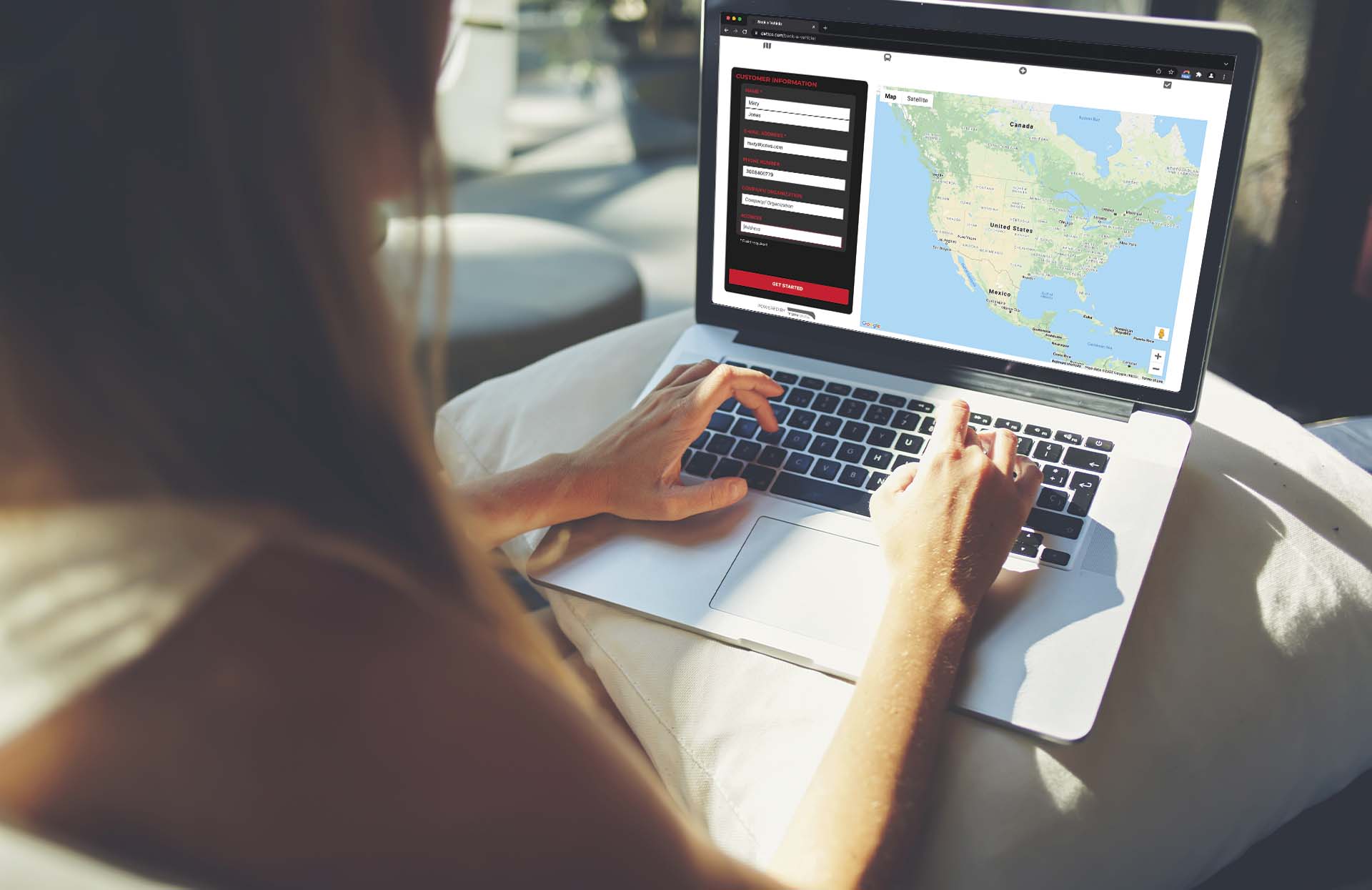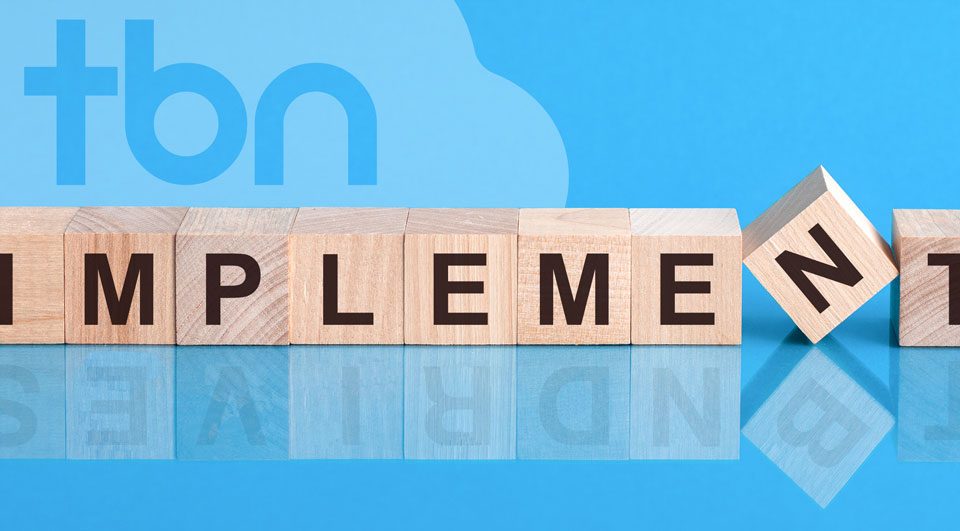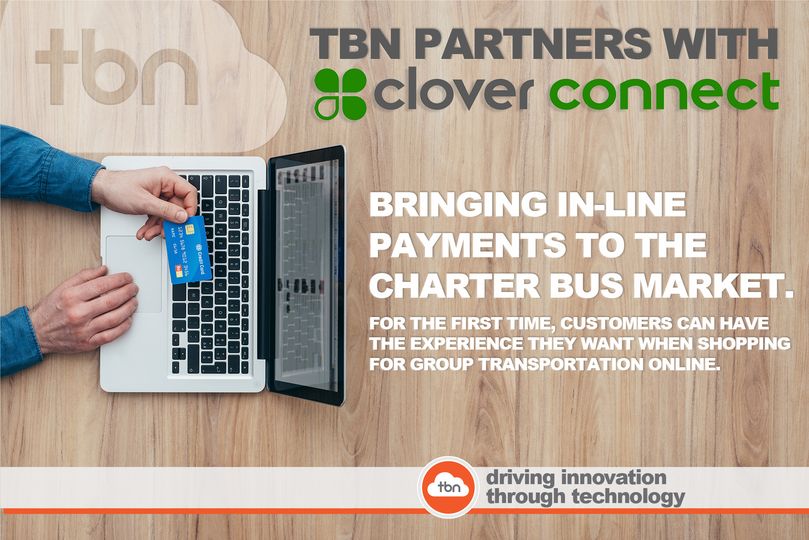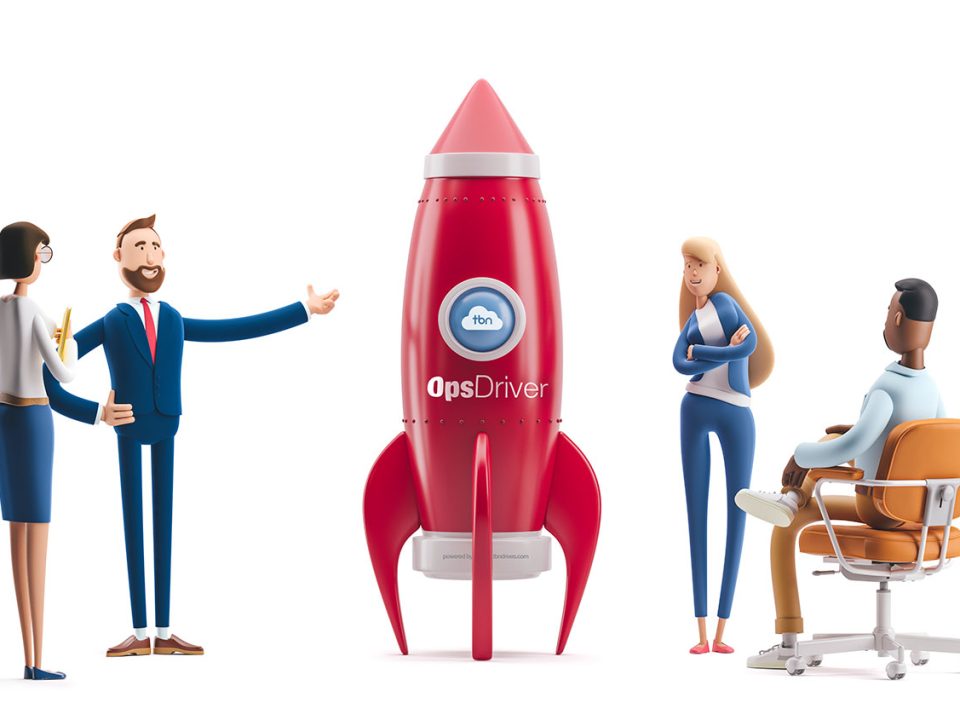
How DATTCO’s response to online brokers turned into an industry-leading customer-facing quoting technology.
January 8, 20222.22 Product Release Updates
February 8, 2022Rethinking charter pricing in a post covid world
For years we have suffered from a race to the bottom when it comes to our pricing. Operators often found themselves matching or beating prices to land work and secure contracts. As a result, many operators have seen little meaningful price increases in the last decade, certainly not enough to keep up with inflation, increasing fixed costs, and unfunded regulatory mandates.
Brokers have proliferated online shopping, and the few low-cost, fly-by-night operators in a market have been a consistent burr in the saddle of the reputable players, pushing prices further and further away from where we want them.
COVID shuffled the deck, and while there has been a cacophony of issues that have come from it, there is a silver lining in our (almost) post covid world.
Supply was reduced, and demand is returning to post covid norms at a rate that presents its own set of challenges as we work to spool back up operationally, hire drivers, and put equipment back on the road.
This new landscape is driving operators to take a hard look at a more effective, dynamic, and profitable means of pricing. Here are three things you need to consider when you are looking at how you can increase your margins.
Think & Be Dynamic
Dynamic pricing has been so commonly discussed that most operators have lost sight of what it truly is and the opportunities it represents. Accurate dynamic pricing is something that should excite every business owner, but in our industry, the headache of managing it with current softwares has made it seem out of reach.
Dynamic pricing is just a fancy way to say demand-based pricing, and you see it nearly everywhere you go. Book a ticket a few days before a flight or book a ticket on an almost full flight, and you will pay more than those who booked months ago long before the only seats left were in the middle. Head to the gas pump and see that you are paying more for a gallon of gas than you have in a while, and there again, you are witnessing demand-based prices. Less oil in the market, the higher the costs at the pump. If you have purchased a car in the last 12 months, you have witnessed car lots nearly empty and prices through the roof. From ground beef at the grocery store to buying a computer, to the prices you see when you shop on Amazon, demand-based price increases are all around us.
The simple way to think about dynamic pricing is that the less of what you want that sellers have, the more expensive it gets. While simple on the surface, the realities of managing that in a charter operation can be daunting.
Technology should be the simple answer here; however, in the charter industry it has long been one of the reasons why taking full advantage of dynamic pricing has been difficult.
When you think about demand-based pricing, you probably think about how most software in our industry is currently set up. Peak times, that you define, when your prices are higher than your base-priced times. While this is, on some level, dynamic pricing, it is the equivalent of someone microwaving a frozen dinner and calling themselves a chef.
Actual dynamic pricing is something much different and more complex. First, because dynamic pricing ultimately comes back to the balance between supply and demand, there are many things that should drive it besides historical usage. Take, for example, today’s driver shortage.
When we are booking charter work, now more than ever, fleet availability may not be the go-no-go for that trip. Around the country, operators who have a fleet registered and ready for the road are turning down trips because they don’t have drivers to get behind the wheel. In some markets, such as school buses, it is so bad that regulations are being softened for new licensees. The government is even mobilizing the National Guard to get behind the wheel of the buses taking kids to school every day.
Historical demand has also become less effective as the sole driver of demand-based pricing in the last 12 months as we have watched demand curves change. Take, for example, a company that has traditionally had big cruise ship contracts in the fall. Unfortunately, that business hasn’t returned to pre-COVID levels yet, and if pricing is still based on those 2019 demand curves, the prices won’t reflect the realities of the day.
Realtime availability is another component of accurate dynamic pricing that has been difficult for operators to put to work because legacy technologies simply don’t do a good job of making it accessible.
In a perfect world, your pricing would first check historical demand based on your actual booked charters during that same period over the previous years. It would then check your driver and fleet availability on that day, and then it would use a pre-established algorithm to deliver a price based on the actual conditions that would affect that move. The system would take into account bookings and the number of open quotes for that same period and would learn to see demand even before the bookings hit the system.
While this may seem unattainable with current technologies, it is coming very soon and will revolutionize profitability for motorcoach operators.
Fees & Add ons as a profit driver.
You may think this is a controversial subject, using fees as a way to drive increased profits. But we, the charter industry, are one of the last industries that have not fully embraced this model as a means to help drive bottom-line revenue.
Baggage fees on airlines, a $29 rental car that costs $75 a day, even “all-inclusive” cruise ships that have plenty of ways for people to spend additional money when onboard are all examples of fees and add-ons used to increase profits without increasing costs.
This concept isn’t fundamentally new to the Motorcoach industry either; in 2008, many operators added fuel surcharges to their prices. When that conversation started, many were convinced that it would cost them customers because they simply wouldn’t accept the price increase. Others thought that if they did it and other operators in their market didn’t add the surcharge, they would lose business that way.
But after the dust settled and operators put it in their quotes… not much happened. The anticlimactic response by consumers was a testament to the power of this strategy in our industry.
While I am not an advocate of nickel and diming customers to death, there is a case to be made for using these fees as a method for a price increase. This idea becomes especially relevant when we are hit with increased costs and unfunded regulatory mandates, especially those related to conditions consumers see in other places in their lives.
COVID cleaning fees and driver surcharges are great examples. Everyone knows that they want their bus company to take extra precautions in cleaning and sanitizing the vehicle. In their mind, it will require additional time and chemicals to do it, so they are willing to pay for it. As for driver surcharges, you would have to be living under a rock to not know about the labor shortage in the US right now, and the issues with truck drivers have been not only publicized but politicized as well. The fact is we need to pay our drivers more to woo them away from trucking and other jobs that are available to them, we cant do it out of our traditional pricing model, so this line of thinking makes perfect sense. Fuel surcharges, selling trip insurance that changes the cancelation policy, even including add ons that people can use to enhance their trip such as water bottles, hand sanitizers for every passenger, onboard entertainment, wifi, and more are all things worth investigation. These can be viable means of raising prices without “raising prices” and accomplish it so that the customer understands what they are buying.
Unfortunately, these surcharges and add-ons present a technological hurdle for legacy software providers in our industry. They are difficult to include, not easily changed or removed once they are, and another hurdle that continually plagues operators wanting to move in this direction.
But like true dynamic pricing, that is about to change.
Operators around the country are beginning to see that in a post-covid world, price has become less and less of a factor for customers. With up to 30% of operators out of the market, if you believe some of the association’s numbers, and with those remaining having in most cases reduced fleet sizes from 2019 levels, there are fewer coaches on the road and fewer drivers to operate them.
I talked to an operator this week who reported that they had a call from a customer who wanted to make a move that they weren’t excited to do. Instead of saying no, they decided to price themselves out of the market. They took the price from their software, tippled it, and added a driver surcharge, COVID cleaning fees, and a fuel surcharge before sending it to the client. Less than an hour after sending it, they got a call from the customer who said, “I got the quote; thanks, do you have three buses available that day?”
How we price our charters today must evolve, it must reflect what is happening today, and we must stop looking to our 2019 normals as a target for the future. Demand is changing; our ability to respond to that demand has never been more difficult, and how we price our services must reflect that reality.
We are changing how operators price their products through truly intelligent, cloud-based technology. From instant quoting to upcoming revolutions in how passenger transportation companies manage their businesses, we know that you can harness current market conditions and become more profitable than ever with the right technologies.




